Pla2g12b and Hpn are genes identified by mouse ENU mutagenesis that affect HDL cholesterol
- PMID: 22912808
- PMCID: PMC3422231
- DOI: 10.1371/journal.pone.0043139
Pla2g12b and Hpn are genes identified by mouse ENU mutagenesis that affect HDL cholesterol
Abstract
Despite considerable progress understanding genes that affect the HDL particle, its function, and cholesterol content, genes identified to date explain only a small percentage of the genetic variation. We used N-ethyl-N-nitrosourea mutagenesis in mice to discover novel genes that affect HDL cholesterol levels. Two mutant lines (Hlb218 and Hlb320) with low HDL cholesterol levels were established. Causal mutations in these lines were mapped using linkage analysis: for line Hlb218 within a 12 Mbp region on Chr 10; and for line Hlb320 within a 21 Mbp region on Chr 7. High-throughput sequencing of Hlb218 liver RNA identified a mutation in Pla2g12b. The transition of G to A leads to a cysteine to tyrosine change and most likely causes a loss of a disulfide bridge. Microarray analysis of Hlb320 liver RNA showed a 7-fold downregulation of Hpn; sequencing identified a mutation in the 3' splice site of exon 8. Northern blot confirmed lower mRNA expression level in Hlb320 and did not show a difference in splicing, suggesting that the mutation only affects the splicing rate. In addition to affecting HDL cholesterol, the mutated genes also lead to reduction in serum non-HDL cholesterol and triglyceride levels. Despite low HDL cholesterol levels, the mice from both mutant lines show similar atherosclerotic lesion sizes compared to control mice. These new mutant mouse models are valuable tools to further study the role of these genes, their affect on HDL cholesterol levels, and metabolism.
Conflict of interest statement
Figures
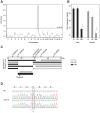
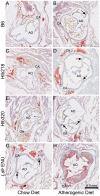
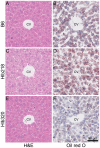
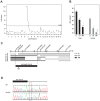

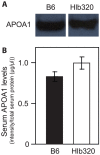
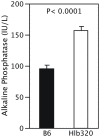

References
-
- Lopez AD, Mathers CD, Ezzati M, Jamison DT, Murray CJ (2006) Global and regional burden of disease and risk factors, 2001: systematic analysis of population health data. Lancet 367: 1747–1757. - PubMed
-
- Lloyd-Jones D, Adams RJ, Brown TM, Carnethon M, Dai S, et al. (2010) Executive summary: heart disease and stroke statistics–2010 update: a report from the American Heart Association. Circulation 121: 948–954. - PubMed
-
- Toth PP (2007) Reducing cardiovascular risk by targeting high-density lipoprotein cholesterol. Curr Atheroscler Rep 9: 81–88. - PubMed
Publication types
MeSH terms
Substances
Grants and funding
LinkOut - more resources
Full Text Sources
Medical
Molecular Biology Databases
Miscellaneous

